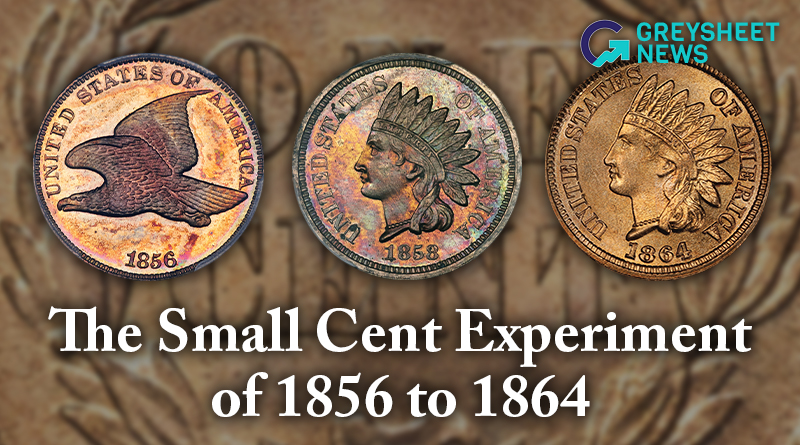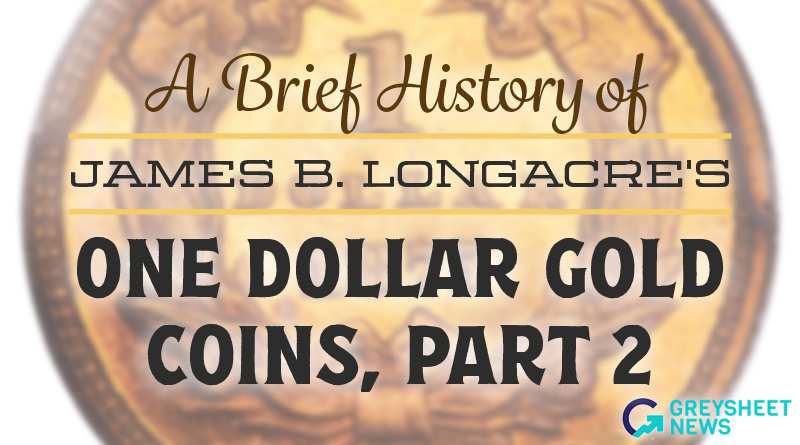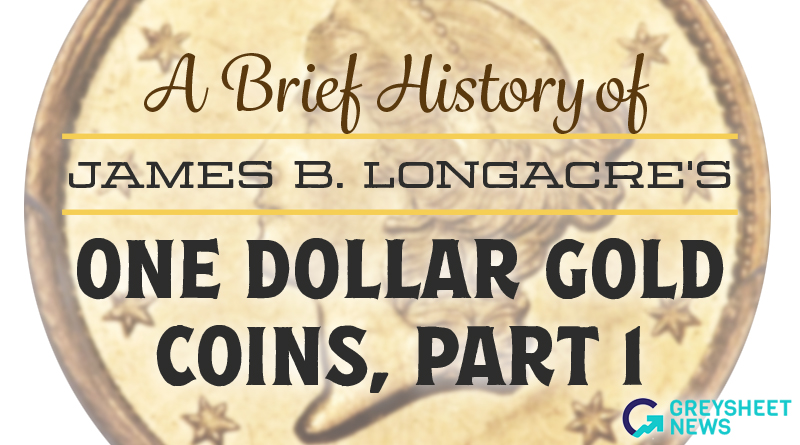The Rarities In The Underappreciated Jefferson Nickel Series
Collecting Jefferson Nickels is primarily the realm of beginning collectors, but the advanced collector, investor, or dealer can also profit handsomely from this series.
The Jefferson Nickel series is one that most dealers don’t pay a great deal of attention to, by virtue of their perceived limited value. Other than the 35% Silver War Nickels, a handful of overdates, and over mintmarks, the series is generally ignored by many. Because the coins are comprised of nickel, except for those World War II issues, many dates including the earliest ones are still floating around in circulation, even the ones from 1938. But are there rarities or at least condition rarities in our midst? Lets look at the history of this coin.
The Buffalo Nickel was first struck in 1913, so its 25th anniversary would occur in 1938. The U.S. Mint found Fraser’s popular and iconic design hard to fully strike. The San Francisco and Denver Mints especially, had a difficult time creating fully struck specimens. After 25 years without a design change, federal law permitted a new design to be created, without an act of Congress. The Coinage Act of September 26, 1890 permitted the Director of the Mint to change a coin’s design, as long as it was approved by the Secretary of the Treasury.
Born in 1891 in Frankfurt, Germany, Schlag grew up there and when World War I began, he enlisted. By 1920, Schlag had married a woman named Anna and over the next 9 years they had three children.
So, in 1938, the Treasury decided to hold a competition to design a new Five Cent coin, honoring the third president, Thomas Jefferson. The prize for the winning entry was $1,000.00, a substantial award in 1938. Three hundred and ninety artists and would-be coin designers entered the competition. The winner selected was a German émigré named Felix Oscar Schlag.
In 1929, Schlag and his family moved to the United States. He was able to use his artistic talents first by refining automobile designs for General Motors and later by designing public sculptures in Chicago.
His design for the Jefferson Nickel was selected from all of the entries received and while the Treasury and the Mint required some changes to the reverse design of Monticello, Jefferson’s home, and to the lettering, his entry was awarded the prize.

The obverse of the design depicted a portrait of Thomas Jefferson, ostensibly based on the bust of Thomas Jefferson, created by Jean-Antoine Houdon, today housed at Boston’s Museum of Fine Arts.
The original reverse was a three-quarters view of Monticello, with a tree and shrubbery to one side. All of the lettering on both sides was very sleek and modernistic, especially for 1938. The Treasury made certain demands: remove the tree and shrubbery, change the stylistic lettering, and provide a full view of Monticello. Once these modifications were completed to the Treasury’s liking, they became the approved designs.
In 1939, in order to promote his new nickel, Schlag consented to sign 150 examples of the 1938 Proof Jefferson Nickel. The coins were attached to a mounting, under glass and nicely framed. Schlag added his signature to the mounting and then a notary public affixed his notary seal and also signed each mounting. This notarization attested to each coin being a genuine Proof coin with the genuine designer’s signature. These frames were once simply treated as obscure memorabilia for this series, but today they are recognized as true prized possessions, and are priced accordingly.

The approved obverse has a bust of Jefferson facing left with “IN GOD WE TRUST,” on the left periphery and “LIBERTY,” and the current date on the right periphery. The reverse depicts a front view of Jefferson’s home—Monticello. On the upper periphery is “E PLURIBUS UNUM,” and just below the building is it’s name “MONTICELLO.” Below that, in two lines are the denomination: ”FIVE CENTS,” and the motto “UNITED STATES OF AMERICA.”
Interestingly, some of the other 390 entrants into the design competition included two famous coin designers—Anthony de Francisci, who designed the Peace Dollar and the 1920 Maine Centennial Commemorative—and Henry Kreis, who designed the 1935 Connecticut Tercentenary Commemorative, the 1936 Robinson-Arkansas Centennial Commemorative and the 1936 Bridgeport Centennial Commemorative coins.
In 2011, Stacks Bowers auctioned a piece of Jefferson Nickel history that was believed to be unique. It was an electrotype trial created by Anthony de Francisci of his proposed design for the reverse of the Jefferson Nickel. It depicts the familiar view of Monticello on the lower periphery, but it is dominated by rays emanating from a sun rising behind Monticello. The denomination “FIVE CENTS” is on the lower periphery while on the upper periphery are “UNITED STATES OF AMERICA,” and “E PLURIBUS UNUM.” A total of 12 5-pointed stars separate the rays, 6 on each side.

In 1942 a major change was made to the Jefferson Nickel, because nickel was a strategic war material during World War II. The metallic composition of our nickels between 1938 and 1942 was 75% copper and 25% nickel. To save the much-needed nickel for the war effort, the composition was changed to 56% copper, 35% silver, and 9% manganese. But 1942-dated nickels were struck with both the old and new compositions. In order to be able to tell them apart, a very large mintmark of “P,” “D,” or “S” was placed atop the dome on the reverse of these 35% silver nickels. These War Nickels were struck between 1942 and 1945 and once the war was over, the nickels reclaimed their original 75% copper and 25% nickel make up.

Reverting back to the original design in 1946, the design remained unchanged through 2003. In 2004, in honor of the bi-centennial of Thomas Jefferson’s Louisiana Purchase, the obverse remained the same but there were two reverses: one depicted an Indian Peace Medal with hands shaking and crossed peace pipes while the other depicted a keelboat similar to what was used by Lewis and Clark.

In 2005, Jefferson’s portrait on the obverse got a closeup view of his face, facing to the right and two additional new reverses—one with a Buffalo and one with Explorers and a view of the Pacific Ocean. In 2006 throughout the present day, the obverse changed again with yet another new portrait of Jefferson but the old Monticello reverse was once again used.

Reverse of the 2005-P 5C Bison & Western Waters.

But even though designs may change, Jefferson Nickels with Monticello on the reverse have a designation that is unique unto this series. All three of the major grading services—the Numismatic Guaranty Corporation (NGC), the Professional Coin Grading Service (PCGS) and Certified Acceptance Corporation (CACG) utilize the Full Step designations. But there are some slight differences.
To qualify for the NGC Full Steps designation, the steps must be unbroken for them to be considered full. They must run the full width of the base of Monticello. If there are any steps that display breaks in the lines of the steps or if the lines blend into one another, they will not be eligible for the Full Steps (FS) designation. Since 2004 NGC has recognized both Five Steps and Six Steps designations—FS5 and FS6, respectively.
PCGS requires five separate steps or full lines to be clearly visible at the base of Monticello to be eligible for a Full Steps designation. If there are any interruptions in the step lines the coin will not be Full Steps.
CAC also requires five separate steps to be complete and clearly visible at the base of Monticello to be eligible for the Full Steps designation. No distractions or disruptions to the steps will be accepted.
Many Jefferson Nickels with the Full Steps designation by any of these three major grading services may well be extremely rare and much more valuable than those nickels without that designation.
There are also several major varieties of over dates, over mintmarks, previously used reverse designs and doubled elements of Jefferson Nickels. These peculiarities are identified and listed in the chart below:

While the above RedBook varieties are very well known, there are some true condition rarities that are not so well known, and I am listing them here for you so that you can see the record prices paid for these extreme rarities. Some of them are the only graded example in that grade or with that specific designation.

These twenty Nickels total only One Dollar in face value. But when auctioned by two of the world’s major numismatic auction houses, they recorded an astounding total price of $562,250!
Even coins that most dealers, collectors, and investors pay little to no attention to such as 1964 or 1969-dated Jefferson Nickels can bring tens of thousands of dollars in these specific grades and when capsulated by a major grading service.
You might also note that of these 20 coins, only one over mintmark business strike and the three Proof coins are the only ones in which there was no Full Steps (FS) designation. That certainly highlights the rarity and value that a fully struck Jefferson Nickel can bring to certain date and mintmarked coins.
Collecting Jefferson Nickels was primarily the realm of beginning collectors, due to their availability and affordability. But the advanced collector, investor, or dealer can also profit handsomely, by not assuming that these lowly Jefferson Nickels are only of limited value.

Download the Greysheet app for access to pricing, news, events and your subscriptions.
Subscribe Now.

Subscribe to The Greysheet for the industry's most respected pricing and to read more articles just like this.
Author: Michael Garofalo












Please sign in or register to leave a comment.
Your identity will be restricted to first name/last initial, or a user ID you create.
Comment
Comments